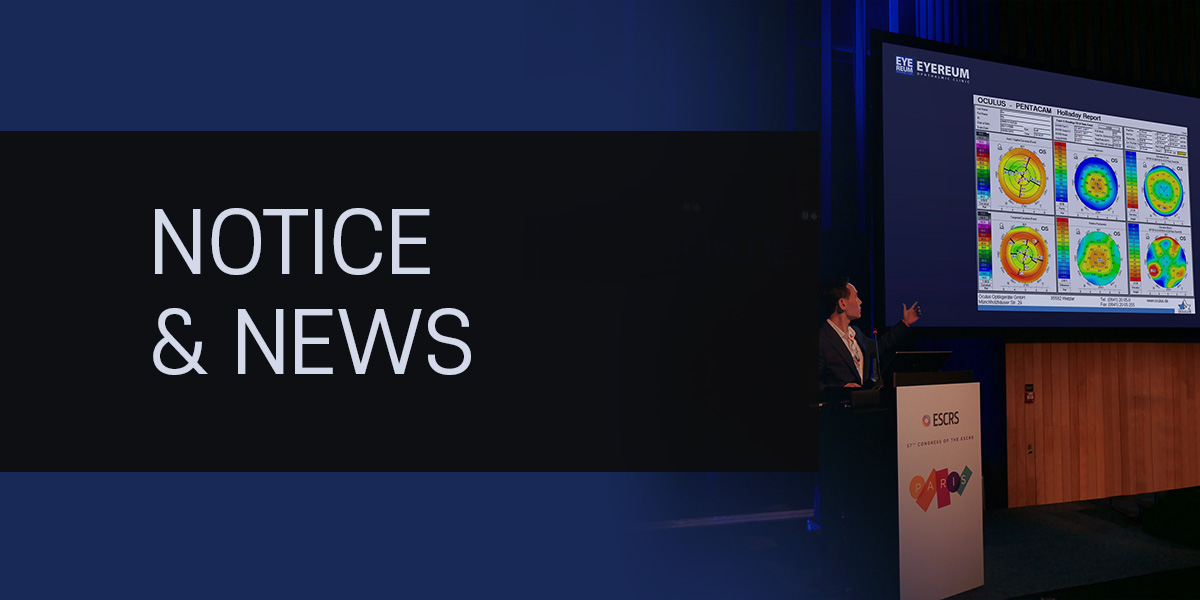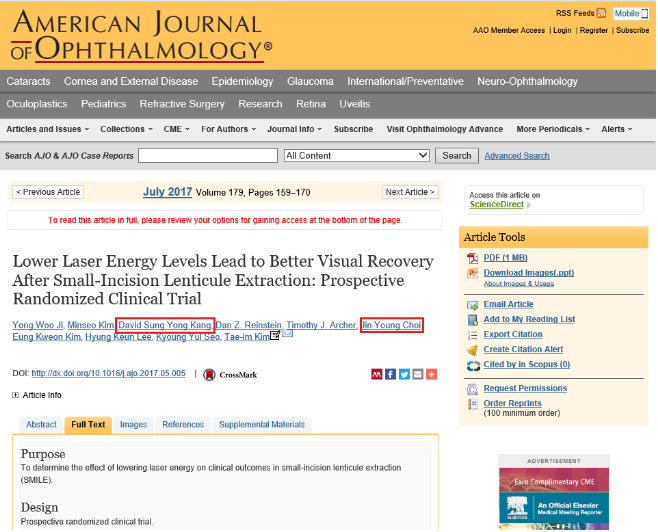PURPOSE:
To determine the effect of lowering laser energy on clinical outcomes in small-incision lenticule extraction (SMILE).
DESIGN:
Prospective randomized clinical trial.
METHODS:
A total of 151 patients (151 eyes) with moderate myopia scheduled for SMILE were included: 58 eyes received SMILE with low energy (100, 105, and 110 nJ; L-SMILE group) and 93 with conventional energy (115-150 nJ; C-SMILE group). Patients received complete ophthalmic examinations preoperatively and over 3 months postoperatively.
RESULTS:
Uncorrected distance visual acuity (logMAR UDVA) 1 day and 1 week postoperatively was significantly better in L-SMILE than in C-SMILE (P < .001 and P = .005, respectively). There was no significant difference between the groups at 1 and 3 months. L-SMILE induced significantly fewer corneal aberrations compared with C-SMILE at 1 week and 1 month postoperatively (both P < .01), but there were no significant differences at 3 months. Though there was no difference in logMAR UDVA over the postoperative period between the 100, 105, and 110 nJ subgroups, there was a significant difference in logMAR UDVA on postoperative day 1 between L-SMILE and each subgroup in which an energy level of 115 nJ or higher was used. Furthermore, logMAR UDVA on postoperative day 1 showed a significant correlation with laser energy (r = 0.451, P < .001) and multiple linear regression analysis revealed that energy level was the only independent factor associated with logMAR UDVA on postoperative day 1 (P < .001).
CONCLUSIONS:
SMILE using femtosecond energy of less than 115 nJ facilitates better visual acuity with less induction of corneal aberrations in the early postoperative period.


